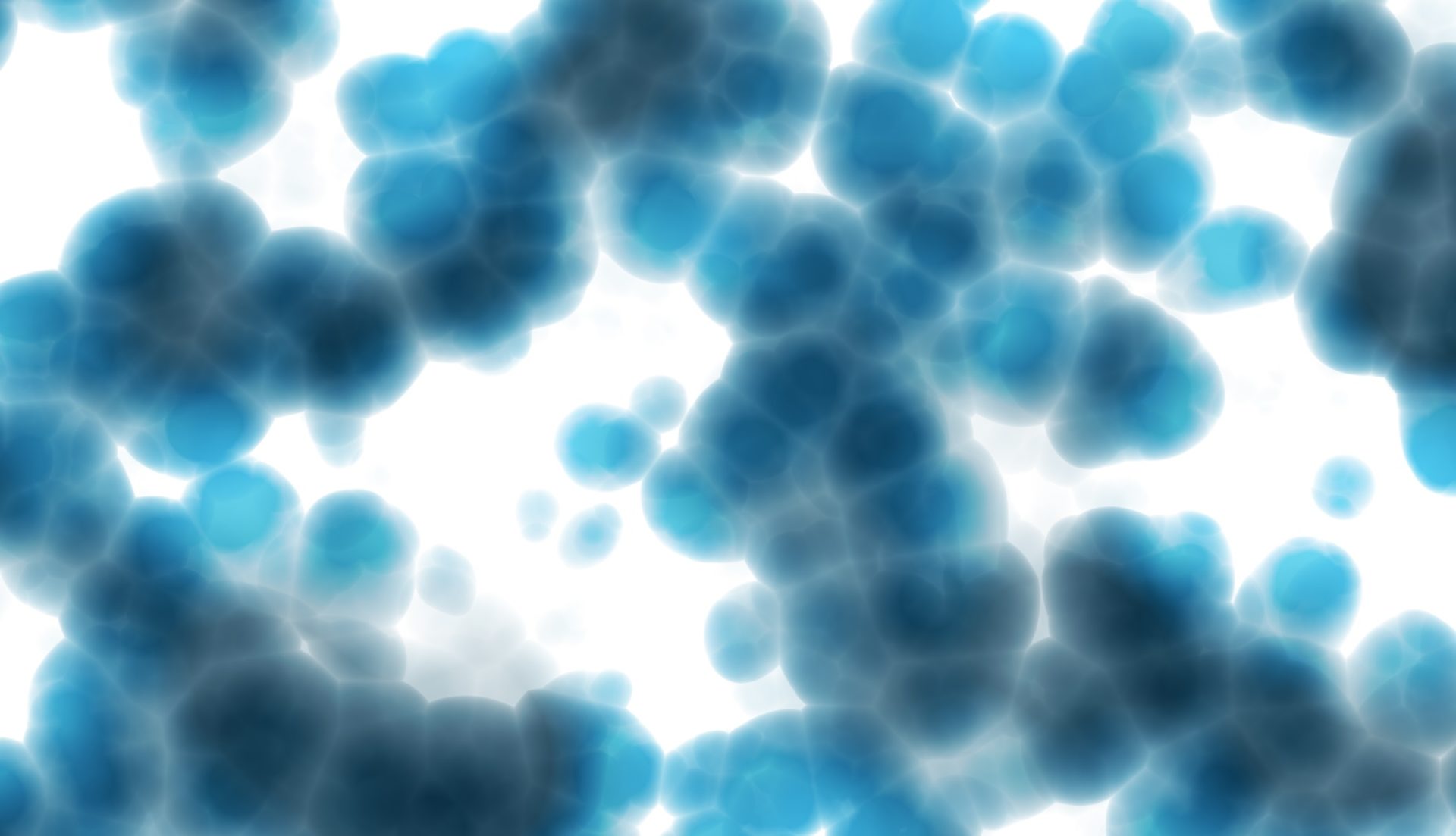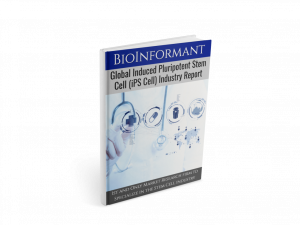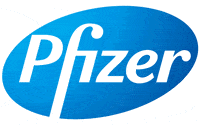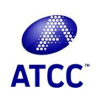|
|
Induced pluripotent stem cells (iPS cells) can be made by reprogramming mature adult cells back into an embryonic-like state. Derived from skin or blood cells, iPS cells are not controversial, because they are made from adult cells. As pluripotent stem cells, they can give rise to all of the tissues that form the human body.
In this article:
- Discovery of iPS Cells
- iPS Cells vs. Embryonic Stem Cells
- Diseases Treatable with iPS Cells
- Clinical Trials Involving iPSC-derived Cellular Therapeutics
- Funding for iPS Cell Technology
- iPS Cell Commercialization
Induced pluripotent stem cells are a fascinating cell type with enormous therapeutic potential. Let’s dive into everything you need to know about iPS cells and their diverse applications.
Discovery of iPS Cells
In 2006, the Japanese scientist Shinya Yamanaka used the concept of pluripotent stem cells to demonstrate that an ordinary cell can be turned into a pluripotent cell by genetic modification. He called these genetically reprogrammed cells induced pluripotent cells, often abbreviated as iPS cells.
iPS cells have significant potential for therapeutic applications. For autologous applications, the cells are extracted from the patient’s own body, making them genetically identical to the patient and eliminating the issues associated with tissue matching and tissue rejection.
Derived from skin or blood cells, iPS cells are not controversial. Unlike embryonic stem cells, iPS cells are made from adult cells instead of embryos. iPS cells are mature, differentiated cells that get manipulated by researchers within a laboratory to reverse to an embryonic-like state.
In contrast, human embryonic stem cells (ESCs) are controversial because they are derived from embryos created at fertility clinics with informed donor consent. ESCs are harvested shortly after fertilization, usually within 4-5 days, and are created from the inner cell mass of the blastocyst. Scientists first isolated embryonic stem cells in mice in 1981. Seventeen years later, in 1998, researchers isolated human embryonic stem cells.
Human iPS Cells
In contrast, iPS cells were discovered in mice in 2006 and then in humans by 2007. iPS cells are non-controversial, which allowed quicker and more intensive experimentation with human cells. Additionally, advances with embryonic stem cells helped to support research progress with iPS cells, because iPS cells and embryonic stem cells share traits associated with pluripotency.
As pluripotent stem cells, both embryonic stem cells and iPS cells can become any of the approximately 200 cell types that form the human body.
Diseases Treatable with iPS Cells
Although there is not yet an approved use of an iPS cell therapeutic anywhere in the world, iPS cells have the potential to treat a wide range of diseases, including:
- diabetes
- heart diseases
- autoimmune diseases
- arthritis
- neural complications such as Parkinson’s disease, and Alzheimer’s disease
- orthopedic applications
- and more
Currently, Cynata Therapeutics and Fate Therapeutics are the only commercial companies who are undertaking iPSC-derived clinical trials in human patients. FUJIFILM has an ownership stake in Cynata Therapeutics, so it deserves indirect credit for progressing iPSC-derived therapeutics in human patients as well.
Clinical Trials Involving iPSC-derived Cellular Therapeutics
Cynata Therapeutics is an Australia company that has completed a Phase I clinical trial focusing on the application of CYP-001, an iPSC-derived mesenchymal stem cell (MSC), for the treatment of graft-versus-host disease (GVHD). That trial, conducted in 2018, achieved success in 16 patients with GVHD resistant to steroids. Cynata is also testing its iPSC-derived cell therapeutic, CYP 004, in a Phase 3 clinical trial with 440 enrolled patients.
Fate Therapeutics is conducting a Phase I trial (NCT03841110) to evaluate its product candidate, FT500, as monotherapy and in combination with immune checkpoint inhibitors in patients who are experiencing advanced solid tumors.
Noncommercial entities who are conducting human interventional clinical trials involving iPSC-derived cellular therapeutics include:
- University Medical Center Goettingen:
- Safety and Efficacy of Induced Pluripotent Stem Cell-derived Engineered Human Myocardium as Biological Ventricular Assist Tissue in Terminal Heart Failure (NCT04396899)
- Osaka University:
- Clinical Trial of Human (Allogeneic) iPS Cell-derived Cardiomyocytes Sheet for Ischemic Cardiomyopathy (NCT04696328)
- Nanjing University Medical School:
- The Study of Human Epicardial Injection With Allogenic Induced Pluripotent Stem Cell-derived Cardiomyocytes in Ischemic Heart Failure (Journal of Cardiology)
- Masonic Cancer Center:
- Study of FT516 Safety and Feasibility for the Treatment of Coronavirus Disease 2019 (COVID-19) in Hospitalized Patients With Hypoxia (NCT04363346)
- Kyoto University Hospital:
- Kyoto University
- Practical evaluation of PET studies with [18F]-GE180, [18F]-FDOPA and [18F]-FLT for a future clinical trial of iPSC-based cell therapy in Parkinson’s disease (UMIN-CTR – UMIN000030084)
- Keio University:
- Regenerative medicine using iPS cell-derived neural progenitor cells for subacute spinal cord injury (Keio)
- Kobe City Eye Hospital:
- Allogeneic iPS cell-derived retinal sheet transplantation for retinitis pigmentosa (Kobe)
- A Study of transplantation of allogenic induced pluripotent stem cell (iPSC) derived retinal pigment epithelium (RPE) cell suspension in subjects with neovascular age related macular degeneration (UMIN-CTR – UMIN000026003)
- NIH Clinical Center:
- A Phase I/IIa Trial for Autologous Transplantation of Induced Pluripotent Stem Cell-Derived Retinal Pigment Epithelium for Geographic Atrophy Associated With Age-Related Macular Degeneration (NCT04339764)
- Tehran University of Medical Science:
- A Clinical Trial to Evaluate the Effects of Autologous induced Pluripotent Stem Cell-Derived Natural Killer Cells in Personalized Treatment of Patients with Advanced Metastatic Breast Cancer (IRCT20200429047241N1)
You can view a full list of companies who are in various stages of developing iPSC-derived cellular therapeutics at this link.
Funding for iPS Cell Technology
Given the enormous potential of iPSC technology, the funding of research with this cell type has been accelerating on a global basis. For example, the U.S. National Institutes of Health (NIH) invests $1.5 billion annually into stem cell research projects, spanning a wide range of fields from cell biology to electrical engineering. The National Ataxia Foundation (NAF) has also been encouraging research institutes to venture into iPS cell research.
Several U.S. state programs have also made contributions to stem cell research projects. Notably, the California Institute of Regenerative Medicine (CIRM) approved a plan to spend $3 billion to support stem cell research. On the academic front, the Washington University School of Medicine in St. Louis received an impressive $10 million commitment from the Couch family to support research that advances personalized medicine, including support for the university’s Genome Engineering and Induced Pluripotent Stem Cell Center.
Globally, the Japanese government has been particularly favorable toward iPS cells. Japan’s Education Ministry announced that it planned to spend 110 billion yen ($1.13 billion) on iPS cell research over a period of ten years. The Japanese parliament also passed a law calling for Japan to make regenerative medical treatments like iPSC technology available for its citizens “ahead of the rest of the world.”
iPS Cell Commercialization
Since the discovery of iPS cells, a large and thriving research product market has grown into existence, largely because the cells are non-controversial and can be generated directly from adult cells. Today, there are dozens of companies supplying of iPS cell lines, differentiated cell types, kits, assays, reprogramming services, and more.
In addition their research applications, induced pluripotent stem cells (iPS cells) can be used for:
- drug screening
- toxicological studies
- disease modeling
- cell therapy
- personalized medicine
- industrial-scale manufacturing
- potentially, “clean meat” production and wildlife conservation
If you found this blog valuable, subscribe to BioInformant’s stem cell industry updates.





















Tell Us What You Think!